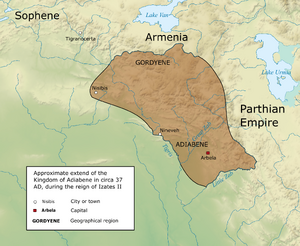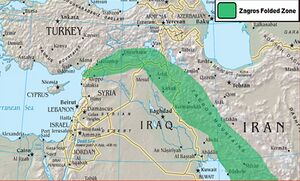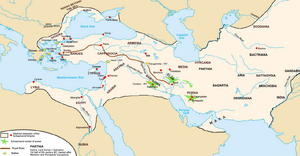Lake Van
| Author: Laxman Burdak, IFS (R) |



Lake Van is the largest lake in Turkey.
Location
It is located in the far east of the Turkey country in Van district. It is a saline soda lake, receiving water from numerous small streams that descend from the surrounding mountains (Zagros Mountains). Lake Van is one of the world's largest endorheic lakes (having no outlet). The original outlet from the basin was blocked by an ancient volcanic eruption.
History
Tushpa, the capital of Urartu, was located near the shores of Lake Van, on the site of what became medieval Van's castle, west of present-day Van city.[1] The ruins of the medieval city of Van are still visible below the southern slopes of the rock on which Van Castle is located.
Along with Lake Sevan in today's Armenia and Lake Urmia in today's Iran, Van was one of the three great lakes of the Armenian Kingdom, referred to as the seas of Armenia (in ancient Assyrian sources: "tâmtu ša mât Nairi" (Upper Sea of Nairi), the Lower Sea being Lake Urmia).
Jat History
- Beniwal: Bhim Singh Dahiya writes about the kingdom of Ven, on Lake Van in Turkey in the tenth century B.C. They are the Benae of the later Greek writers, the Beniwal or Venhwal clan of the Jats in India, whose king, Raja Chakravarti Ben/Ven. (the ChakWa Ben) is famous in Indian legends from the Punjab to Bengal, without rinding a place in the present-day history. Significantly, the Ven kings, took the title of “king of kings”, “king of the world”—titles which were later taken up by the Achaemenians of Iran. In addition, the Ven kings are called, “The king of the Biainas” and “king of the Naire”. These titles show that the Ven kingdom, included the Bains and Nara clan of the Jats. Again, the Ven kings, extended their power over the Manna/Mannai and the Dayeni/Dahi people. [2]
- Nehra: According to Bhim Singh Dahiya they are to be identified with Nara or Nehra clan of the Jats, the Nairi of West Asia. Assyrian inscriptions of Shalmaneser I (ca. 1270 BC) first mention a loose confederation called the Urartu or Nairi in North-East Anatolia, in the region around Lake Van. [3]
External links
References
- ↑ The Concise Encyclopædia of Archaeology — Page 488 by Leonard Cottrell – 1960
- ↑ Jats the Ancient Rulers (A clan study)/Introduction, p.ix
- ↑ Bhim Singh Dahiya: Aryan Tribes and the Rig Veda, ( 1991) ,

